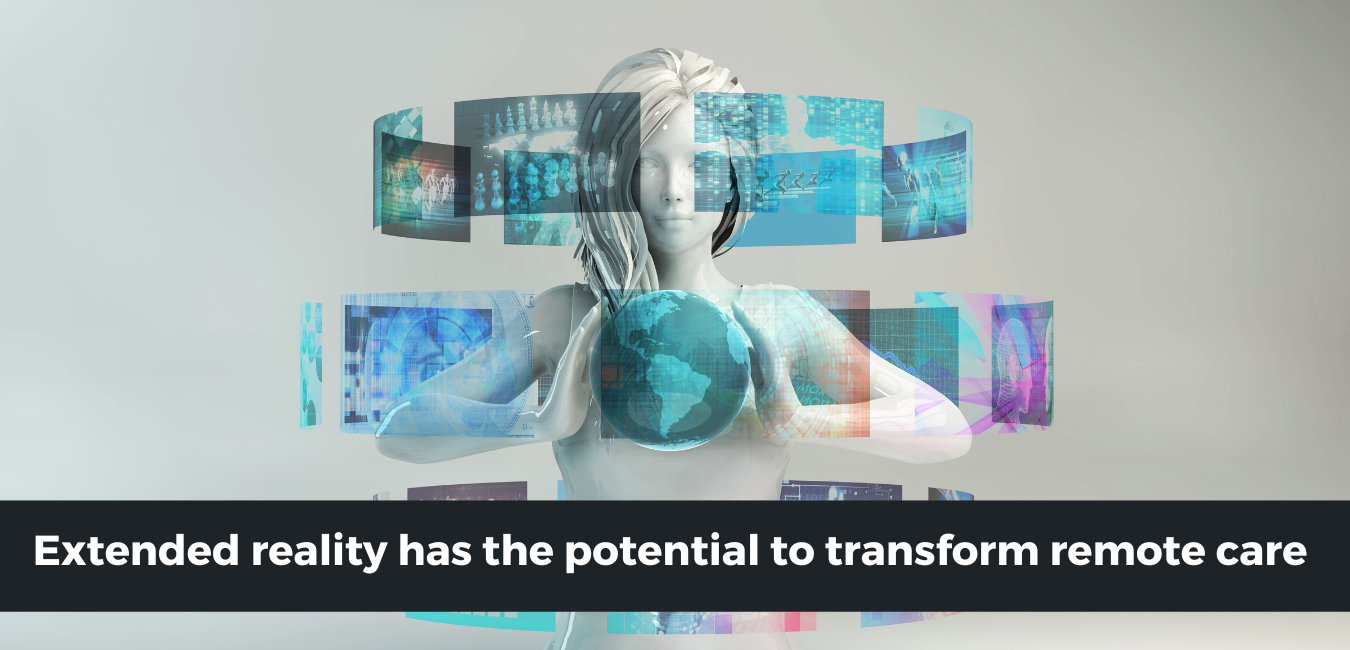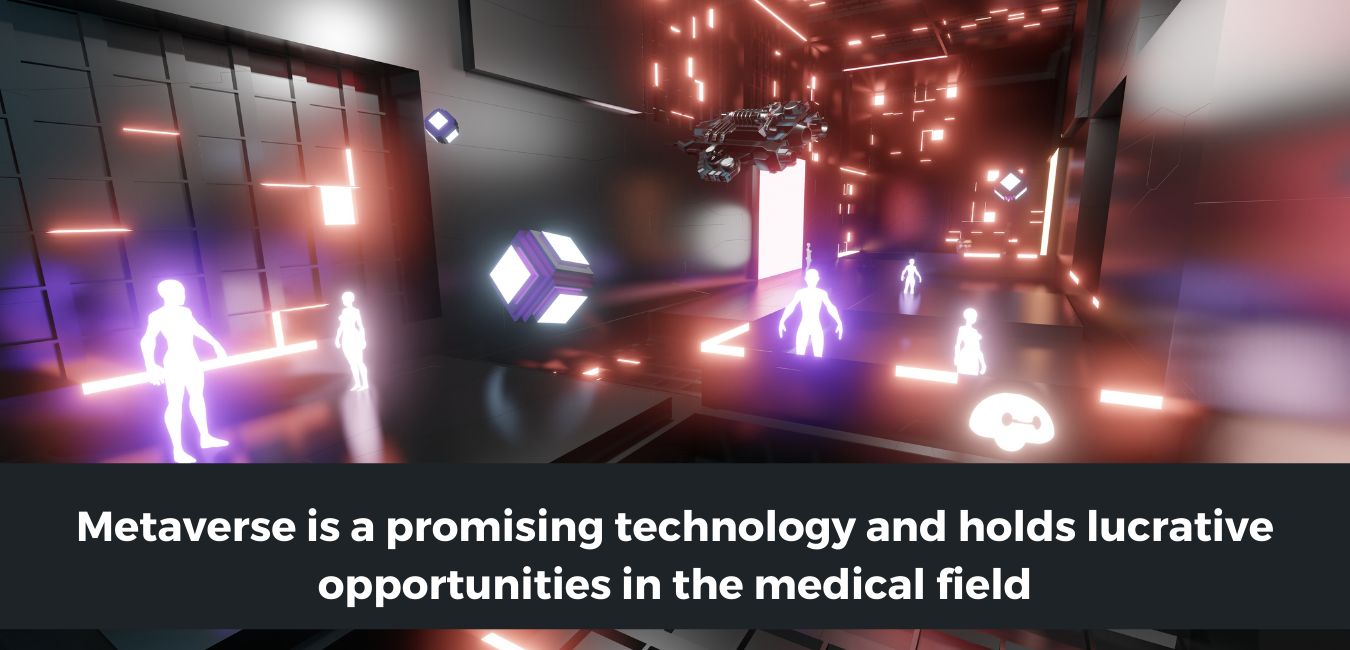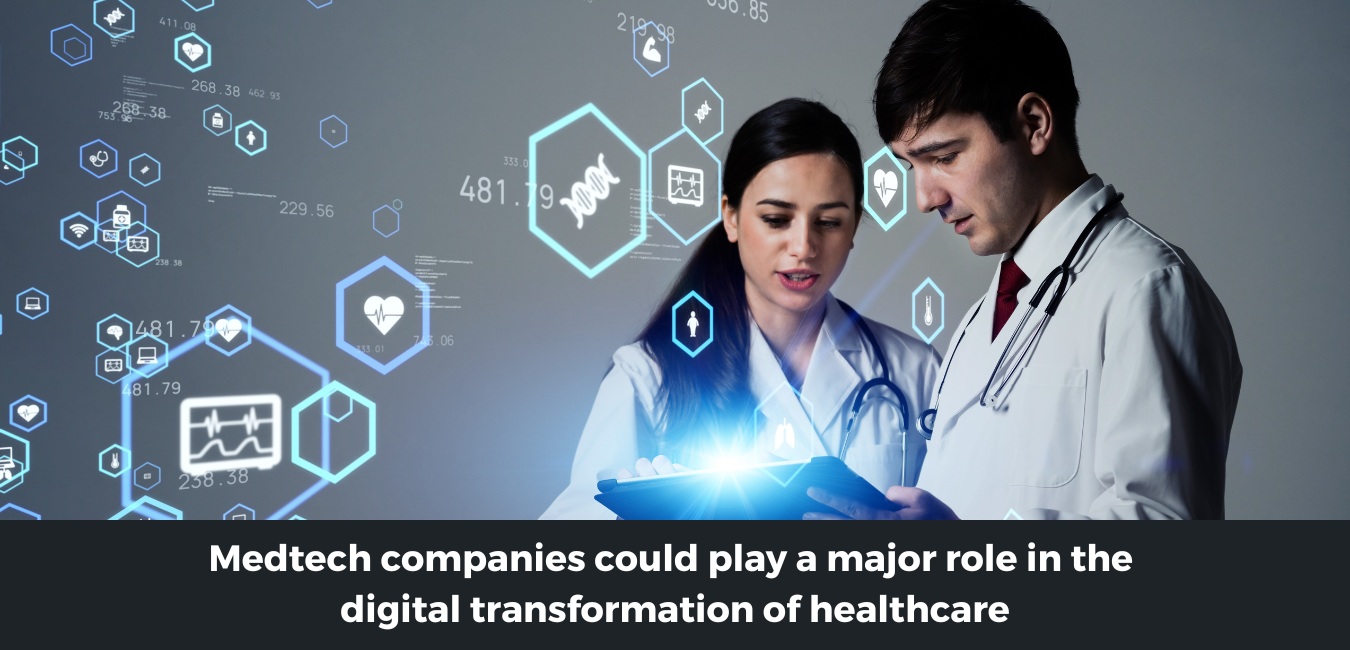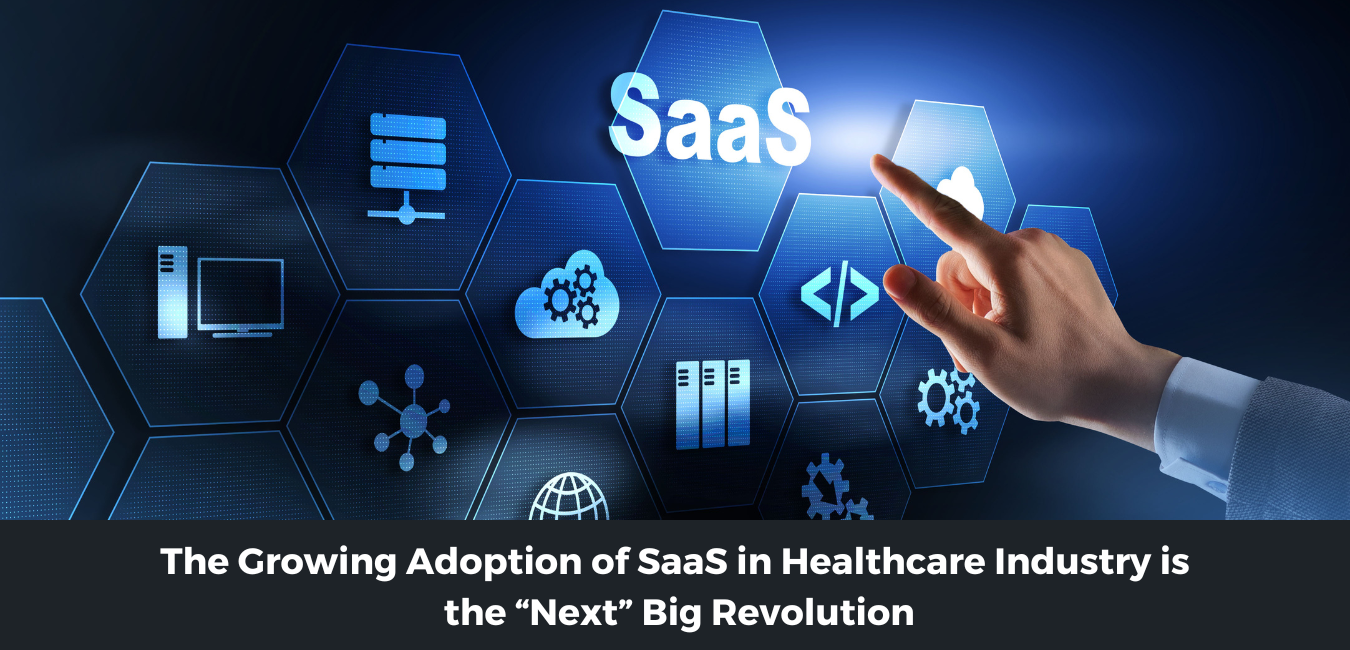Veterinary Diagnostics Technological Disruptions - Trends to Watch Out in 2021
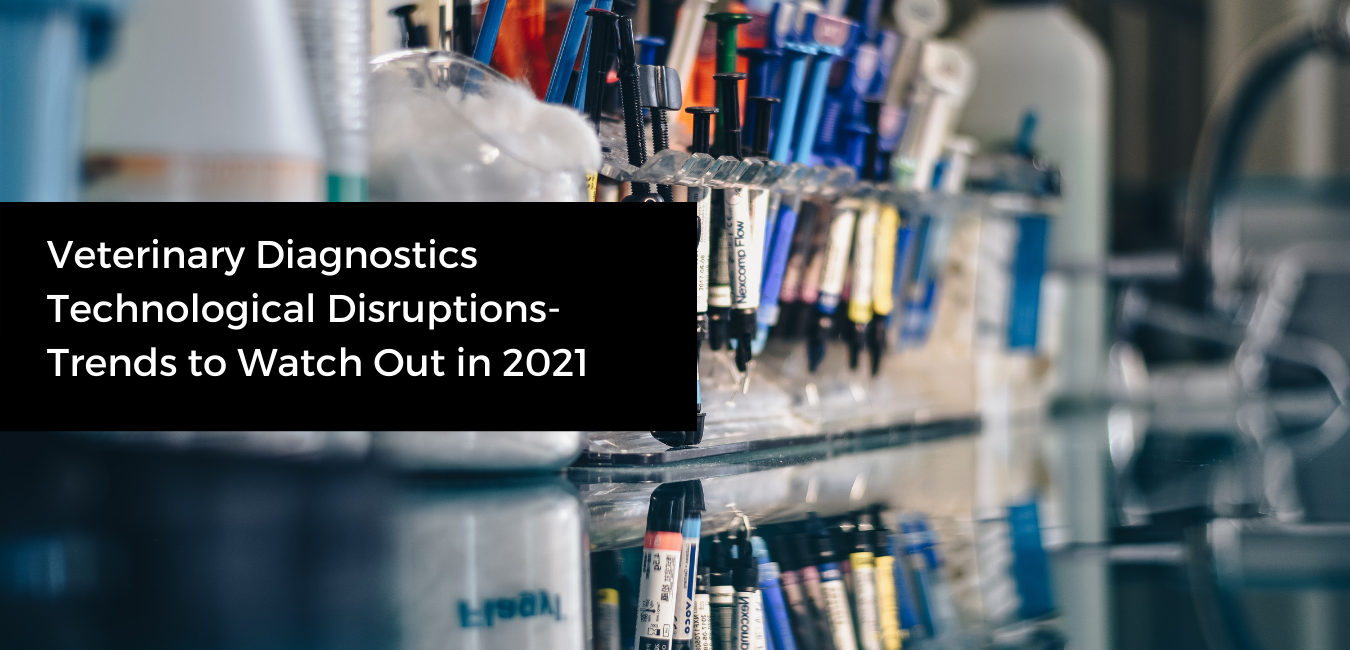
The rising demand for animal-derived food products, pet insurance, and increase in the number of veterinary practitioners are all pointing towards one thing: the growth in the animal population. Contrary to all this hype, there is not much growth in the diagnostic infrastructure. In fact, the increasing diagnostic costs are another barrier to the adoption of diagnostic solutions amongst animals.
However, the pandemic shifted the focus towards impeccable healthcare delivery. Of course, animals don’t get this virus as humans do. But in certain conditions, pet cats or dogs might rarely get infected with SARS-CoV-2 after prolonged contact with a Covid positive patient. Although the diagnostic testing decreased during March, April, and May, it started gaining traction in the third quarter of 2020.
Further, the world’s population is increasing and will reach around 9.5 billion. Naturally, the demand for the livestock sector will automatically advance to satisfy the needs of the growing population. Consequently, there will be challenges that an increasing population will pose and to achieve sustainability goals.
This goes without saying that such circumstances are propelling the need for veterinary services to ensure livestock health and productivity and higher food quality. Not only that, the need for veterinary sciences is increasing to reduce the cases of animal diseases and public health risks.
Having said that, technological innovation and interventions will play a role in transforming this sector. How? Let’s find out!
Veterinary Diagnostics: How is Technology Streamlining the Industry?
Technology and science have been significant drivers in livestock farming and animal health over the last century. Advances in animal health biotechnologies, such as vaccines, antimicrobials, and diagnostic tools, further support the industry by reducing the burden of diseases.
In fact, digital technology is impacting how we live and is gaining intense attention as part of the Fourth Industrial Revolution. In fact, modern applications like mobile applications, IoT, big data analytics are readily contributing towards development. In fact, the recent developments in ICTs and innovations have opened many opportunities to improve veterinary practice.
What else?
Let’s talk about technological disruptions in this space.
- Mobile applications: It started with the use of SMS and voice-based systems. However, the rapid use of smartphones, tablets, sensors, and crowdsourcing platforms is offering several ways to share real-time data for a variety of purposes. For instance, a mobile app developed by FAO increased the capacity of disease reporting, surveillance, and early reporting. In the animal health sector, it could have a potential role in the collection, analysis, dissemination of real-time health data.
Moreover, mobile applications result in real-time clinical data retrieval, thus allowing veterinarians to provide better and quality care. Experts believe that it will make the job of a clinical laboratory scientist relatively easy.
However, to reach their true potential, such technology applications need to meet certain conditions. For instance, mobile network availability, information accuracy, economic viability. Thus, enhancing its role in transferring tons of data without fail.
- Big data analytics: The availability of enormous amounts of data is a driver for digital transformation in all sectors. For instance, in the case of human medicine, it offers valuable aid in developing and managing health policies and managing epidemics. The same technology is gaining popularity in the animal health sector. For example, big data solutions are increasingly being used in large-scale livestock management or veterinary care.
In other words, it's helping the providers to predict adverse health impacts, infections, and diseases in animals. Experts believe that extensive data analysis will allow the veterinary industry to make informed decisions based on the valuable knowledge extracted from tons of data in the coming future.
In fact, by leveraging big data and analytics, one can improve animal healthcare by introducing personalized medicine or prescriptive analytics.
- Blockchain applications: It is yet another emerging and promising technology innovation that gained significant popularity in different business sectors. In layman terms, one can keep data in an encrypted format without any need for centralized control. It allows businesses to record data in real-time.
In other words, one can use blockchain to ensure the integrity of medical records. For instance, a company developed a blockchain integrated medical record system for the initial registration of an animal, data collecting, testing dynamics, and monitoring the entire treatment journey.
The system stored the entire medical history of the animal. Thus, making it easier for the doctor to look up information and devise the course of treatment.
Further, its use will be mostly towards animal product supply chains, diagnostic kits, and vaccines. It will improve the implementation and monitoring of veterinary services and enforce compliance with all the set standards.
Final Takeaways - Keeping up with advancements is becoming the need of the hour
We live in a world with rapidly evolving technologies. Irrespective of the industry or business type, using newfound technologies is becoming the need of the hour. And veterinary science or service providers are no different.
They need to keep up with the ever-changing digital landscapes to provide appropriate expertise and care to the beneficiaries. For instance, the introduction of ICTs is already becoming a reality. And it's only the developed countries, but developing countries are also using similar practices now.
And why not such technologies have problem-solving, critical thinking abilities that streamline everyday tasks easily. Further, MRI, ultrasound scans, and laparoscopy limited to human beings are now becoming a norm for treating animals. Also, digital radiographs are replacing X-rays to improve oral health in pets.
Moreover, animal wearables allow care providers to capture vital statistics like body temperature, heart rate, and pH levels necessary to keep track of health regularly. Not only this, such advances are also helping providers during surgical procedures as well.
In short, technological advancements are not only improving the quality of life of humans, but it's also helping animals lead a healthy life. It's assisting veterinarians by making them capable of producing faster diagnosis, accurate prognosis, and ultimately treatment protocols. In a nutshell, it ensures better care outcomes.
So, what do you think will impact veterinary care the most?



